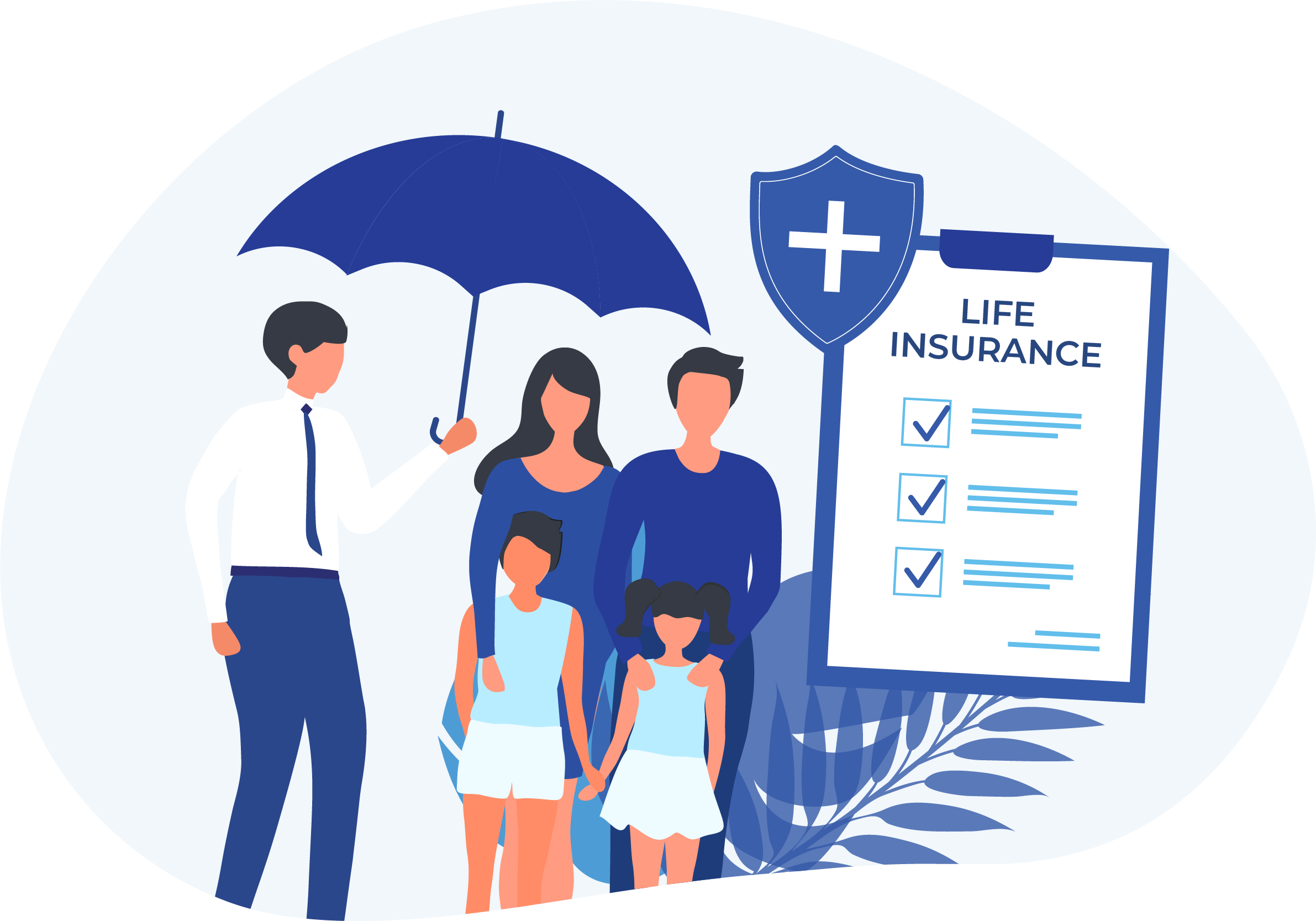In the realm of copywriting, the concepts of scarcity and urgency are powerful tools that can drive action and increase conversions. These psychological triggers tap into the human instinct to avoid missing out and act quickly, making them essential elements in effective marketing strategies. However, to harness their full potential, it’s crucial to understand and implement specific elements that maximize their impact. This article explores these elements and provides practical insights on how to use scarcity and urgency effectively in your copywriting.
Understanding Scarcity and Urgency
Scarcity and urgency are psychological principles that influence consumer behavior by creating a sense of limited availability or a pressing need to act. Scarcity refers to the perception that a product or opportunity is in limited supply, while urgency involves a time-sensitive aspect, encouraging immediate action to avoid missing out. Both concepts leverage the fear of missing out (FOMO), compelling people to make decisions more quickly than they might otherwise.
1. Clear and Specific Messaging
The foundation of effective scarcity and urgency lies in clear and specific messaging. Your copy should explicitly state what is scarce or time-sensitive, leaving no room for ambiguity. For instance, instead of simply saying “limited offer,” specify “only 20 units left” or “offer ends in 24 hours.” The more precise you are about the scarcity or urgency, the more compelling your message will be.
2. Quantify the Scarcity
Quantifying the scarcity of a product or offer enhances its perceived value and urgency. Numbers are more impactful than vague statements because they provide concrete evidence of limited availability. For example, “Only 10 spots left” or “Hurry, just 5 days remaining” are more effective than “limited availability” or “short time left.” By quantifying the scarcity, you make the situation more tangible and real for the reader.
3. Use Time-Limited Offers
Incorporating time-limited offers is a classic method for creating urgency. Time-sensitive promotions, such as “Flash Sale: 50% off for the next 3 hours” or “Order now and get free shipping, today only,” push recipients to act quickly to take advantage of the offer. Make sure the time frame is realistic and achievable, as overly aggressive deadlines can lead to skepticism or burnout.
4. Implement Countdown Timers
Countdown timers are a visual representation of urgency that can be highly effective in copywriting. These timers show a real-time countdown to the end of a sale or offer, visually reinforcing the limited time remaining. Including a countdown timer in your email or landing page can create a sense of urgency and prompt immediate action.
5. Highlight Popularity and Demand
Showcasing the popularity or demand for a product can reinforce the concept of scarcity. Statements like “Selling fast!” or “Top seller” indicate that others are already taking advantage of the offer, which can prompt recipients to act quickly to avoid missing out. This social proof leverages the idea that if many people are interested, the offer must be valuable.
6. Use Exclusive Access
Offering exclusive access or limited editions is a powerful way to create both scarcity and urgency. Phrases like “Exclusive offer for subscribers” or “Limited edition – only available to our VIP members” give recipients a sense of belonging and privilege, making them more likely to take immediate action. Ensure that the exclusivity is genuine and that recipients feel they are receiving something special.
7. Create a Sense of Competition
Creating a sense of competition can drive urgency by making recipients feel they are competing with others for a limited opportunity. For example, using phrases like “Join the thousands who have already signed up” or “Don’t miss out—others are already taking advantage” can stimulate a competitive spirit and encourage quick action.
8. Employ Limited-Time Bonuses
Limited-time bonuses can add extra value to your offer and heighten the urgency. For instance, “Sign up today and receive a free eBook” or “Order now and get an additional 10% off” creates added incentives for recipients to act quickly. Ensure that the bonus is relevant and desirable to your audience to maximize its effectiveness.
9. Use Testimonials and Success Stories
Incorporating testimonials and success stories can enhance the impact of scarcity and urgency. Share stories of others who have benefited from acting quickly or highlight how your product or service has made a difference. Testimonials provide social proof and make the urgency feel more credible and relatable.
10. Be Honest and Transparent
While scarcity and urgency are effective, they must be used honestly and transparently. Misleading or exaggerated claims can lead to distrust and damage your brand’s reputation. Ensure that any scarcity or urgency claims are genuine and accurately reflect the actual availability or time limits of your offer.
11. Design Engaging Visuals
Visual elements play a crucial role in reinforcing the concepts of scarcity and urgency. Use attention-grabbing design elements, such as bold colors, contrasting fonts, and prominent placement of key messages. Visual cues, like banners or pop-ups, can draw attention to the urgency and scarcity aspects of your offer.
12. Craft Compelling Call-to-Actions (CTAs)
Your call-to-action (CTA) should clearly reflect the urgency and scarcity of your offer. Phrases like “Shop Now Before It’s Gone” or “Claim Your Spot Today” create a sense of immediacy and motivate recipients to act. Ensure that your CTA stands out visually and aligns with the overall message of scarcity and urgency.
13. Test and Optimize
Regular testing and optimization are essential to understanding how different elements of scarcity and urgency perform. Conduct A/B tests to compare various approaches, such as different types of scarcity messaging or urgency tactics. Analyze the results to determine what resonates best with your audience and refine your strategy accordingly.
14. Avoid Overuse
While scarcity and urgency are effective, overusing these tactics can lead to diminishing returns. If every email or marketing message relies on urgency, recipients may become desensitized or skeptical. Use these techniques strategically and sparingly to maintain their effectiveness and avoid fatigue.
15. Provide Follow-Up and Reminders
Follow-up messages and reminders can help reinforce the urgency of your offer. For example, sending a reminder email shortly before a promotion ends or following up with a final call-to-action can capture those who may have missed the initial message. Ensure that these reminders are timed appropriately and offer additional value to encourage action.
Final Thoughts
Effectively using the concepts of scarcity and urgency in copywriting requires a strategic approach that incorporates clear messaging, quantifiable elements, and compelling design. By specifying the scarcity, using time-limited offers, and leveraging exclusivity and social proof, you can create a sense of urgency that drives recipients to act quickly. Incorporate engaging visuals, craft powerful CTAs, and maintain honesty to build trust and credibility. Regularly test and optimize your strategies to stay ahead of the curve and maximize the impact of your scarcity and urgency tactics. With these elements in place, you can enhance your copywriting efforts and achieve greater success in your marketing campaigns.
FAQ
1. What are scarcity and urgency in the context of copywriting?
Scarcity and urgency are psychological triggers used in copywriting to encourage immediate action from readers. Scarcity refers to limited availability of a product or offer, while urgency creates a time-sensitive pressure to act quickly to avoid missing out.
2. How do scarcity and urgency affect consumer behavior?
Scarcity and urgency tap into the fear of missing out (FOMO), prompting consumers to act quickly to secure a limited opportunity. This can lead to increased conversions and faster decision-making as people strive to avoid missing out on valuable offers.
3. What is the importance of clear and specific messaging in using scarcity and urgency?
Clear and specific messaging helps to effectively convey the limited availability or time-sensitive nature of an offer. By providing precise details, such as “Only 10 units left” or “Offer ends in 24 hours,” you make the urgency more tangible and convincing to the reader.
4. How can I quantify scarcity in my copywriting?
Quantify scarcity by providing concrete numbers or limits, such as “Only 5 spots remaining” or “Limited to 100 items.” Quantifying scarcity makes the situation more real and urgent for the reader, enhancing the effectiveness of your message.
5. What role do time-limited offers play in creating urgency?
Time-limited offers create urgency by setting a deadline for recipients to take action. Phrases like “Flash Sale: 50% off for the next 3 hours” or “Order by midnight to get a free gift” encourage immediate response to avoid missing out on the promotion.
6. How can countdown timers enhance urgency in emails or landing pages?
Countdown timers visually represent the remaining time for an offer, reinforcing the urgency and prompting immediate action. By displaying a real-time countdown, you create a sense of impending deadline that can drive quicker responses from recipients.
7. What is the impact of highlighting popularity and demand on scarcity?
Highlighting popularity and demand, such as “Selling fast!” or “Top seller,” reinforces the idea that an offer is in high demand. This social proof can make the scarcity feel more urgent and motivate recipients to act quickly to secure the offer before it sells out.
8. How can exclusive access contribute to creating scarcity and urgency?
Offering exclusive access or limited editions makes recipients feel special and privileged, adding to the sense of urgency. Phrases like “Exclusive offer for members” or “Limited edition available only to early subscribers” create a feeling of exclusivity that encourages quick action.
9. What are interactive elements, and how can they be used to enhance urgency?
Interactive elements, such as quizzes or polls, engage recipients directly and can be used to reinforce urgency. For example, a poll that shows how many people have already participated can create a competitive atmosphere and prompt readers to act quickly to join in.
10. Why is it important to be honest and transparent when using scarcity and urgency?
Honesty and transparency are crucial to maintaining trust with your audience. Misleading or exaggerated claims about scarcity or urgency can lead to skepticism and damage your brand’s reputation. Ensure that any claims about limited availability or deadlines are accurate and genuine.
11. How can I design engaging visuals to support scarcity and urgency in my copy?
Design engaging visuals by using bold colors, contrasting fonts, and prominent placement of urgency messages. Visual elements like banners, pop-ups, and countdowns can draw attention to the urgency and scarcity aspects of your offer, enhancing its impact.
12. What are the best practices for crafting effective calls-to-action (CTAs) related to scarcity and urgency?
Effective CTAs should clearly convey the urgency and scarcity of the offer. Use compelling language, such as “Shop Now Before It’s Gone” or “Claim Your Spot Today,” and ensure that the CTA stands out visually. The CTA should align with the overall message of urgency and encourage immediate action.
13. How can I test and optimize my use of scarcity and urgency in copywriting?
Test different approaches by conducting A/B tests to compare various scarcity and urgency tactics. Analyze metrics such as click-through rates, conversion rates, and engagement levels to determine what resonates best with your audience. Use these insights to refine and improve your strategies.
14. What are the risks of overusing scarcity and urgency in copywriting?
Overusing scarcity and urgency can lead to diminishing returns and audience fatigue. If every message relies on these tactics, recipients may become desensitized or skeptical. Use these strategies strategically and sparingly to maintain their effectiveness and avoid potential backlash.
15. How can follow-up messages and reminders enhance the effectiveness of scarcity and urgency?
Follow-up messages and reminders reinforce the urgency by providing additional prompts to act before the offer expires. For example, sending a reminder email shortly before a promotion ends or following up with a final call-to-action can capture those who may have missed the initial message and encourage them to take action.
Get in Touch
Website – https://www.webinfomatrix.com
Mobile - +91 9212306116
Whatsapp – https://call.whatsapp.com/voice/9rqVJyqSNMhpdFkKPZGYKj
Skype – shalabh.mishra
Telegram – shalabhmishra
Email - info@webinfomatrix.com







 English (US) ·
English (US) ·